When it comes to framing a subject with your camera, there are more than the obvious angles available – and it’s crucial that you do consider them (even if they don’t work for your shot every time).
Creative angles are what sets snapshots apart from photographs. Getting the right angle on your subject can enhance the story and add an approach that makes it look unique in a gallery of similar shots.
Here is my breakdown of 8 creative angles and when best to use them.

This is what most snapshots are taken from – they don’t call it point-and-shoot for any reason. It’s because many happy snappers just point the camera at the subject and click. Standing level shots are invariably bland (but not all the time). It may be best to shoot from a standing position depending on your subject.
In portrait photography taking shots of a subject sat on the floor such as a dog or baby from a standing level is called ‘the parent angle’. It’s very vanilla and common. It shows no creativity or thought about how best to capture the subject.
This is the one type of angle that aspiring photographers should avoid, unless it’s totally necessary.

When it comes to low and high angles remember the ‘low and high’ parts relate to the position of the CAMERA to the subject – not the other way around.
Low angles are very dynamic when used correctly. They can make subjects look bigger as our audience’s eye will look at the bottom of the subject first before tilting up. This can be used well in product photography or portraiture to make subjects look bold and empowering.
You may need to raise a subject higher to create this angle. But shooting in tall buildings out in the city are simple ways to practise your low angles too.
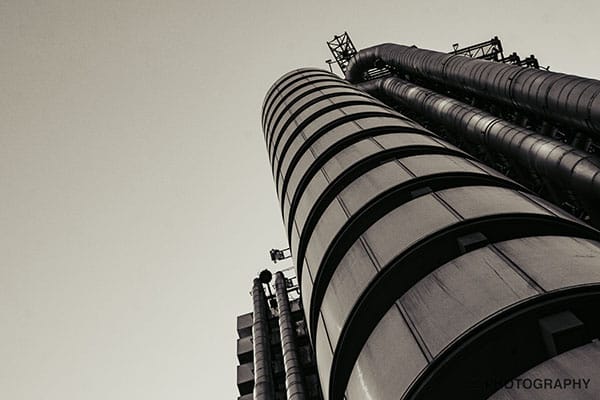
High angles require the camera to be raised above the subject you’re shooting. Landscape photographers know all about high angles and the bigger views it gives them.
It makes an audience feel more powerful, as we look over a wider field of view. We’re put in the position of someone up high looking down on the world and this is great for uplifting images.
You can take this creative angle even further with technology. If you’ve got a drone camera then you can get right above a landscape and shoot at 90 degrees to the world below – delivering views that are rarely seen.
POVs as they are sometimes called are the most engaging way to shoot subjects that are smaller than you. Remember we talked about ‘the parent angle’ before? Well this is the solution to that problem.
Make sure your back and knees are in good condition as it requires a little bit of movement to get into the right position. You may need to crouch, lie down, slouch or twist your body so that the camera is on the same level as the main feature of your subject. Basically, get to eye level if it’s a portrait of a dog or a baby on the floor for example.
This POV angle is more engaging for an audience and interesting – especially if it’s small creature we don’t generally see at eye level.
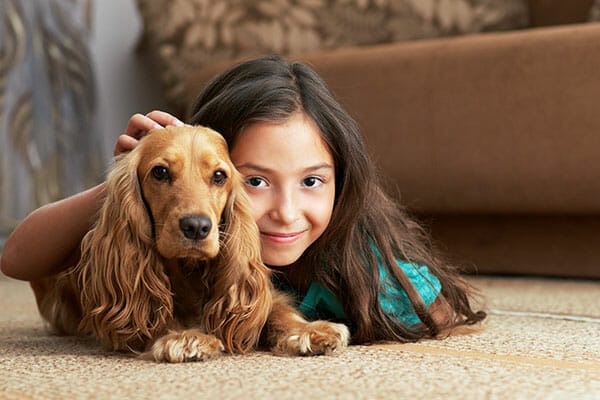
A very underused type of creative angle in photography. Dutch tilts are really fun, providing you use it at the right time. These kind of tilts need to look deliberate and stylised for your subject. A minor 5 degree tilt may just look like a wonky horizon but a clear 30 degree tilt is unmistakeable intentional.
Because this jaunty angle looks dramatic you need to complement it with a dramatic subject matter. Fashion photography, modern architecture and action shots look great with a little Dutch tilt.
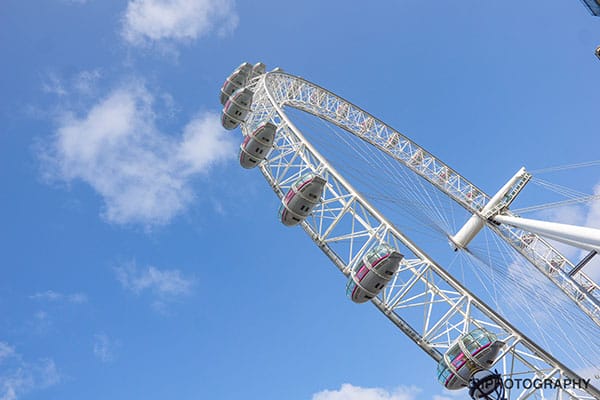
Don’t be afraid to get up close to your subject. Whether you take a few steps forward or zoom close in it’s your call. Extreme close up angles, like macro photography, show off the detail that we may not normally see. Eyes look incredible when viewed close up.
Use a macro lens, or dedicated macro setting on your camera, to make the most of these close-ups.
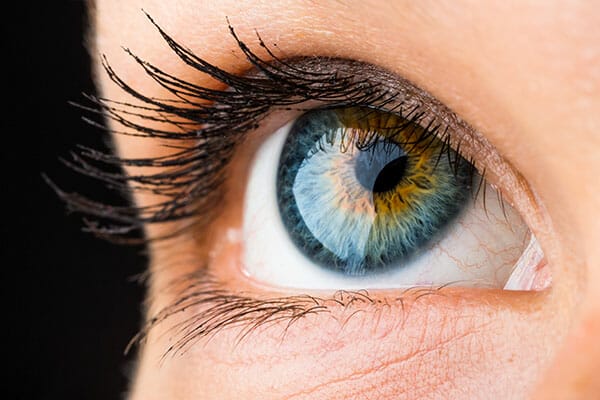
Shorten your focal length to anything less than 12mm (on a full frame) or 20mm (on a crop sensor) and you’ll get a super wide point of view. While this is bread and butter for landscape photographers, applying this wide angle to other subjects such as portraits and still life then you can get some more dramatic and humorous photos.
Short focal lengths bend the incoming light waves so everything towards the edges of the frame look convex. This barrel distortion of the photo is more apparent the closer you get to your subject. It makes photos look distorted, unusual but very interesting.
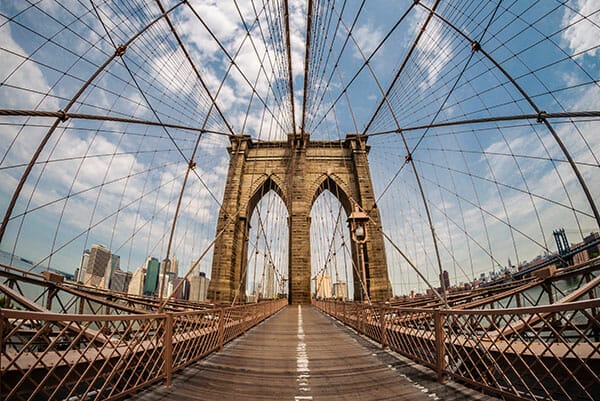
This applies mostly to portrait photography as profile angles are all about the outline of a subject. To get an understanding of your subject’s shape then try standing them side-on to the camera’s position. This is ideal if you want to get creative with silhouette portraits.
Profile angles allows us to see the outline of a person without engaging on details such as eye etc. Plus, it’s an alternative way to photograph people who don’t feel comfortable about looking at the camera all the time.
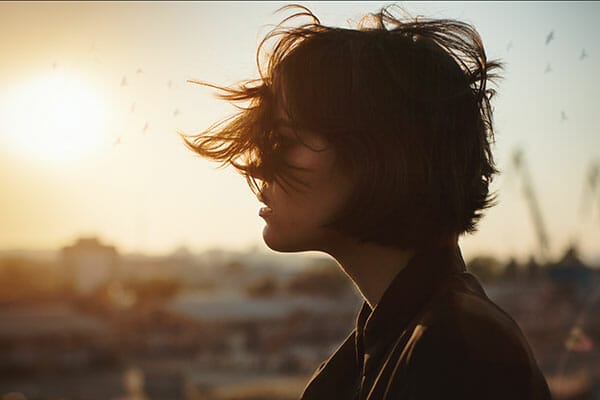
There we go, 8 common and creative angles for you to think about the next time you go shooting. Remember though not all angles work for every subject.
But if you’re in a creative rut then trying out a few different angles with the same subject could inspire something great!
If you’re an iPhotography member remember to share your creative angled shots in the gallery. Otherwise tag us in your images on Facebook, Twitter and Instagram.
Shooting sunsets using amazing 5-in-1 magnetic lens filters from Kentfaith, the 1st choice for photo & video products.
Popular memory cards for photography – what’s the best SD card for your digital camera? Choose the right capacity and class speed in our guide
Discover the BEST way on how to clean a camera sensor using swaps, rocket blowers and pencil brushes to give your shots a dust-free finish!
Learn the basics of photography – fast – with our FREE 60-Second Photographer online course. Each class is short and sharp with simple, actionable steps that give you immediate results.
x 30 lessons

© iPhotography™
Become a confident and competent photographer in less than 30 minutes!
Before you leave, make sure you’ve secured your FREE online photography course (worth £29.99)
Each class is just 60-seconds or less making it the fastest and easiest way to learn photography!